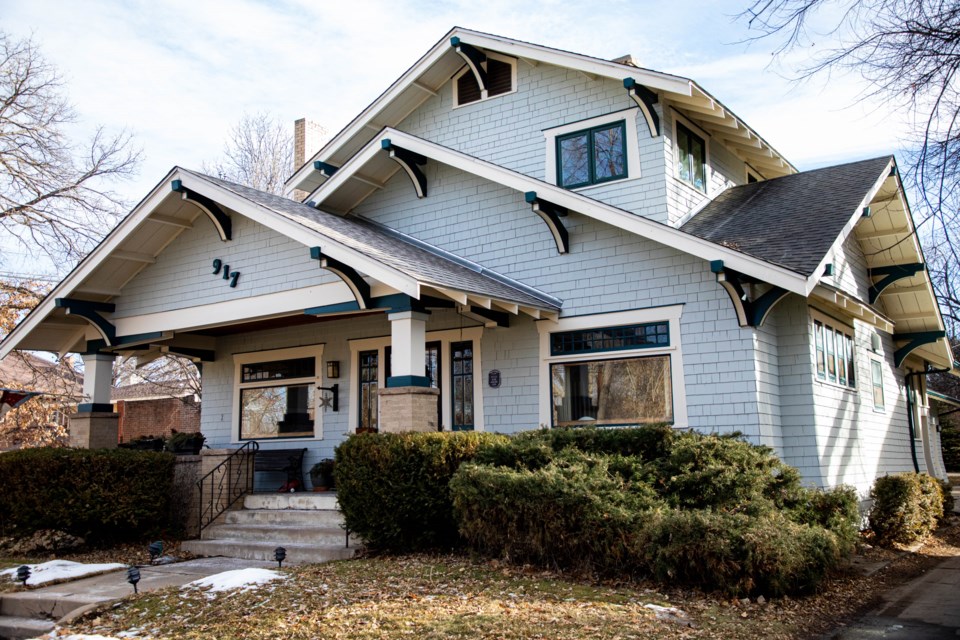A bid to get a 109-year-old home designated as a local historic landmark reveals the house’s ties to the Hololcaust and the Ku Klux Klan’s influence in 1920s Longmont.
Owners Neil and Cynthia Piller are requesting the Historic Preservation Commission at its meeting Thursday recommend the historic designation for the Schey house, 917 Fourth Ave..
The house was built in 1912 by Theodore Schey, on the back 60 feet of the residential property at 330 Bross St., owned by his father, Solomon Schey. Solomon Schey was one of the early residents of Longmont in 1882 and established Schey’s Clothing Store at 370 Main St.
Although prominent in the business and legal community in Longmont, the Scheys’ Jewish faith earned them the ire of the local Klan, according to the Pillers’ application. The Scheys’ two homes, along with two homes owned by Catholics, formed an enclave that were easy targets of the Klan, according to the application.
The Klan believed in white supremacy and singled out Blacks, Jews and Catholics, sometimes with violence.
In 1925, the Klan gained control of the city council in an election, according to the “History of Longmont” compiled by Erik Mason, the Longmont Museum’s curator of history, and posted to the museum’s website. It began construction of a large pork-barrel project, Chimney Rock Dam, above Lyons and marched up and down Main Street in their costumes, Mason wrote.
On April 27 that same year, the Daily Times of Longmont warned the Klan was interested in the selection of candidates for the school board election. “Do the voters of District 17 want men and on the school board who will be dictated to by wizards and kleagles and cyclops and dragons and goblins,” the article states.
In the 1927 election, Klan members were ousted from office and their influence soon declined, Mason wrote in the post on the museum’s website.
The Piller application states that the Klan frequently marched down Fourth Avenue past the Donovan home — which was owned by Catholics — and the Schey homes.
The Klan also would gather on a fairly regular basis in Thompson Park and burn crosses, according to the Pillers’ application. Ted Schey and his family would sit on the second floor porch of their home with shotguns waiting for any attempts by the Klan to enter the home. “Fortunately, that apparently never happened,” the application states.
Both the Schey and Donovan families described the Klan rallies at Thompson Park to the museum, Mason said in an email.
Klan members wore full robes and masks to hide their identities, but they could be identified by the shoes they had purchased from the Scheys’ clothing store. “After the marches, many would come back to the store to play cards around the stove with Theodore “Rusty” (Schey),” the Pillers’ application states.
The Schey family also is important to Longmont’s Jewish history. The second-floor addition of the house was added later in the 1930, to shelter relatives from Europe who were trying to escape the Holocaust in Hitler’s Germany, the application states.



